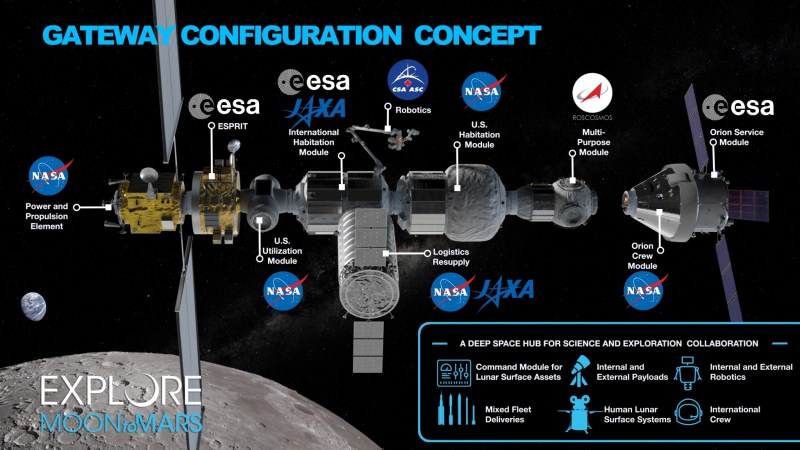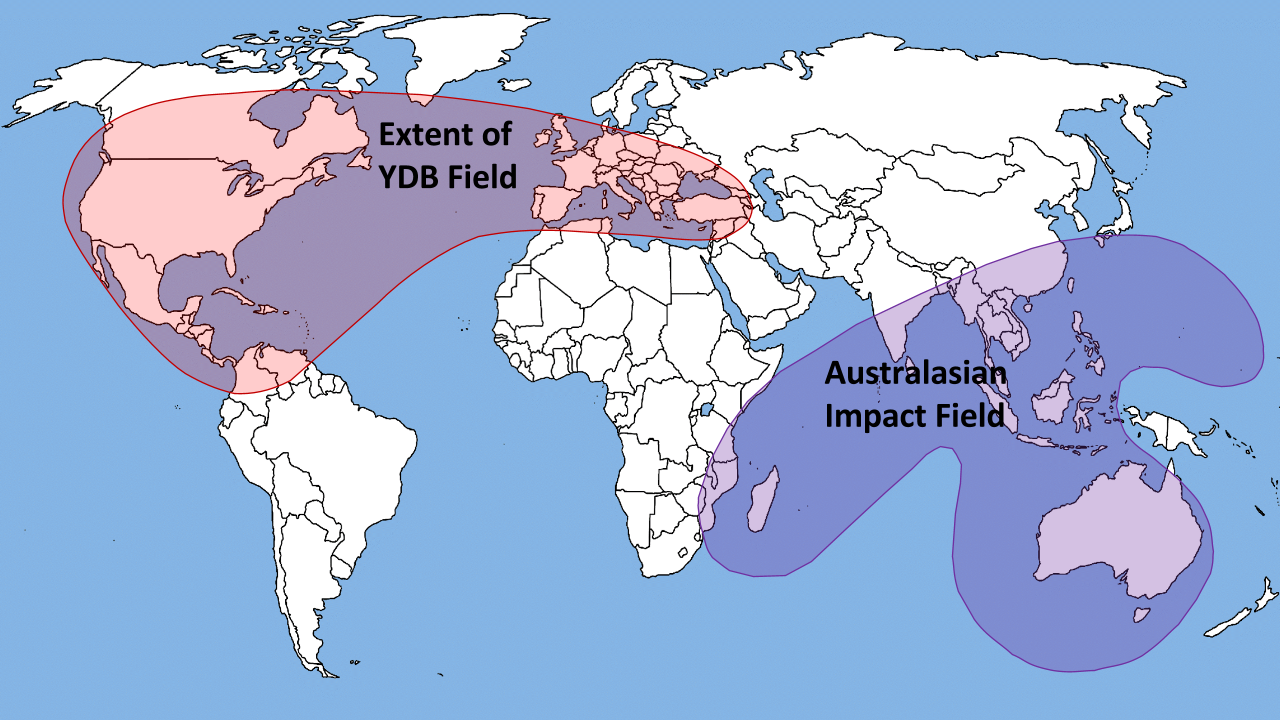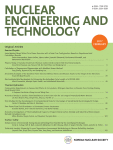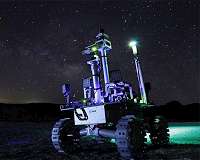As astronauts explore the Moon during the Artemis program, they may need to make use of the resources that already exist on the lunar surface. Take water, for instance: Because it's a heavy and therefore expensive resource to launch from Earth, our future explorers might have to seek out ice to mine. Once excavated, it can be melted and purified for drinking and used for rocket fuel. But how much water is there on the Moon, and where might we find it?
This is where NASA's Lunar Flashlight comes in. About the size of a briefcase, the small satellite - also known as a CubeSat - aims to detect naturally occurring surface ice believed to be at the bottom of craters on the Moon that have never seen sunlight.
"Although we have a pretty good idea there's ice inside the coldest and darkest craters on the Moon, previous measurements have been a little bit ambiguous," said Barbara Cohen, principal investigator of the mission at NASA's Goddard Space Flight Center in Greenbelt, Maryland. "Scientifically, that's fine, but if we're planning on sending astronauts there to dig up the ice and drink it, we have to be sure it exists."
Managed by NASA's Jet Propulsion Laboratory in Southern California, the spacecraft is a technology demonstration: It will seek to achieve several technological firsts, including being the first mission to look for water ice using lasers. It will also be the first planetary spacecraft to use a "green" propellant, a new kind of fuel that is safer to transport and store than the commonly used spacecraft propellant hydrazine.
"A technology demonstration mission like Lunar Flashlight, which is lower cost and fills a specific gap in our knowledge, can help us better prepare for an extended NASA presence on the Moon as well as test key technologies that may be used in future missions," said John Baker, Lunar Flashlight project manager at JPL.
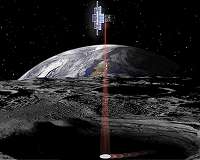
NASA CubeSat Will Shine a Laser Light on the Moon's Darkest Craters
Pasadena CA (JPL) Apr 28, 2020 - As astronauts explore the Moon during the Artemis program, they may need to make use of the resources that already exist on the lunar surface. Take water, for instance: Because it's a heavy and ther
www.moondaily.com



